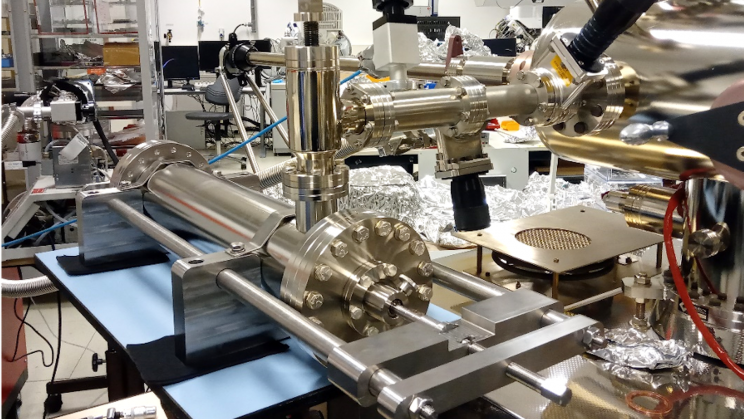An ‘Apollo Can Opener’ Will Soon Unseal a 50-Year-Old Box of Moon Soil
Scientists from the European Space Agency (ESA) will soon open a container of Moon soil that has gone untouched since it was collected by the Apollo 17 astronauts almost 50 years ago, a press statement reveals.
To open the sample, they will have to use a specialized piercing tool jokingly titled the "Apollo Can Opener" by members of the team. The tool was specially designed to open the specific soil sample, designated the number 73001.
A double-sealed 50-year-old Moon soil sample

By unsealing the almost 50-year-old sample, the researchers hope to extract and investigate lunar gases that may have been preserved over half a century since the sample was first retrieved. The operation is part of the larger Apollo Next-Generation Sample Analysis (ANGSA) program overseen by NASA. It is the first time the ESA will open and analyze a soil sample returned from the Moon.
Investigating the evolution of volatiles on the Moon
ESA's piercing tool was specially designed to puncture the Moon soil container and then capture gases as they escape. These gas samples will then be collected in containers and sent to laboratories around the world for analysis. "Each gas component that is analyzed can help to tell a different part of the story about the origin and evolution of volatiles [elements and compounds that can be readily vaporized] on the Moon and within the early Solar System," says Francesca McDonald, science and project lead at ESA's contribution to ANGSA.





Post a Comment